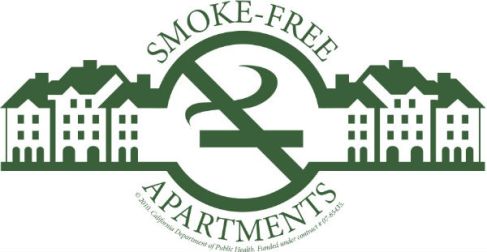 .
.
Smoking restrictions in multifamily housing communities aren’t new. For several years, property owners in New York and other cities have designated buildings smoke free without much fanfare. But there has been a recent flurry of government mandates aimed at apartments and other movements to promote smoke-free environments.
The topic has become more than just water cooler fodder, as industry officials are spending hours in their workdays fielding questions and concerns while legislators work to create and pass smoke-free and secondhand smoke nuisance ordinances at apartment complexes. Industry officials fear that property owners will have the burden of enforcement.
In New York, smoke-free living took center stage in April when Mayor Michael Bloomberg, who compares smoking to jumping off a bridge, proposed creating written policies for apartments to determine where smoking would or wouldn’t be permitted in an effort to mitigate secondhand smoke.
The same month, Rockland, New York, became one of the state’s first municipalities to pass a law requiring property owners with three or more units to designate smoking and nonsmoking areas. Residents must be provided a copy of the policy and prospective residents must be informed of the policy during lease or rental negotiations. The policy also has to be posted in public areas of the property.
The list goes on, even in the government and public health sectors.
The number of nonsmoking public housing communities, at the encouragement of the U.S Department of Housing and Urban Development (HUD), is growing. As of January 2011, more than 230 public housing authorities throughout the country had adopted no-smoking policies for some or all of their units, most of them coming since 2005. One of the most recent is the Bristol (Conn.) Housing Authority, which is placing a ban on smoking inside apartments beginning July 1.
In Central Texas, the Austin/Travis County Health and Human Services Department is creating awareness and promoting smoke-free housing through Live Tobacco-free Austin campaign. The group’s website lists eight Austin-area apartment communities that are either tobacco-free or smoke free.
It was just a matter of time, says Dallas apartment industry consultant Anne Sadovsky, before smoke-free living would become a hot topic. An authority on FHA regulations who hosts numerous seminars and informational sessions each year, Sadovsky said the subject routinely creeps into discussions all the time.
Last month, she fielded questions from concerned property owners and managers at a workshop on FHA regulations hosted by the Apartment Association of Greater Dallas. The meeting was sidetracked for about 20 minutes, she said.
There are no easy answers.
“I have been predicting for 15 years the emerging nonsmoking market and how we will accommodate it,” she said. “Some properties have set aside nonsmoking buildings, which is difficult to do if already occupied with mix of non smokers and smokers.”
She along with others believes that compliance will evolve, even if it takes a few tattlers.
“Don’t worry,” she said, “the nonsmoking residents will quickly report smelling cigarette smoke. They will rat each other out.”
A non-smoker, Sadovsky said don’t look for any discrimination issues from smokers until the Department of Housing and Urban Development deems smokers a protected class, and that’s not likely to happen soon.
“HUD is the one that is going to establish the federal protective classes, and if it doesn’t come through HUD to make it forbidden or protect the non-smokers, it’s not going to happen,” she said. “That’s where it’s going to have to come from. But there are many, many other things ahead of that.”
Yet an apartment’s liability could come into question, says Molly Kirkland, San Diego County Apartment Association Director of Public Affairs. If a property ignores a complaint and, for example, a medical claim comes from a resident claiming to be affected from secondhand smoke, the property could find itself on the defensive.
“It really kind of opens up, and I don’t want to say it, but Pandora’s Box,” she said.
by Tim Blackwell
Filed under: Uncategorized | Leave a comment »





